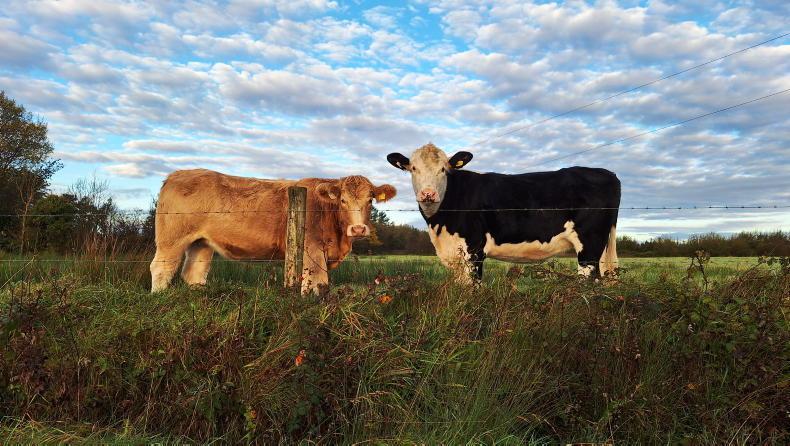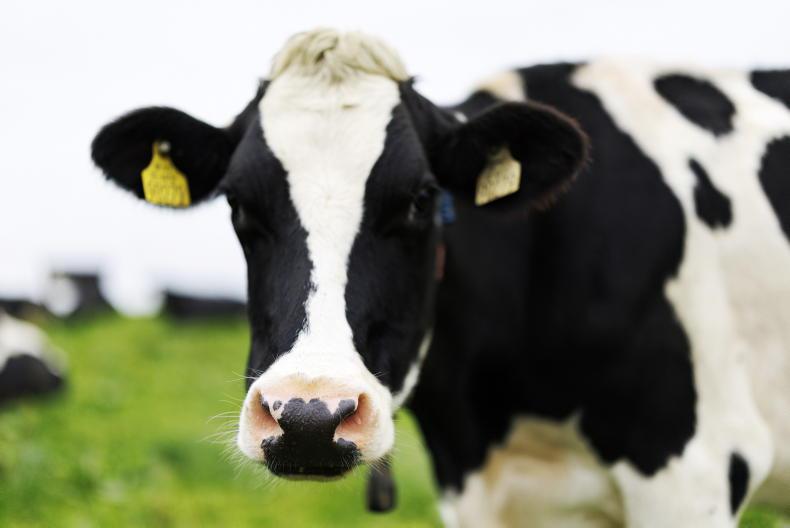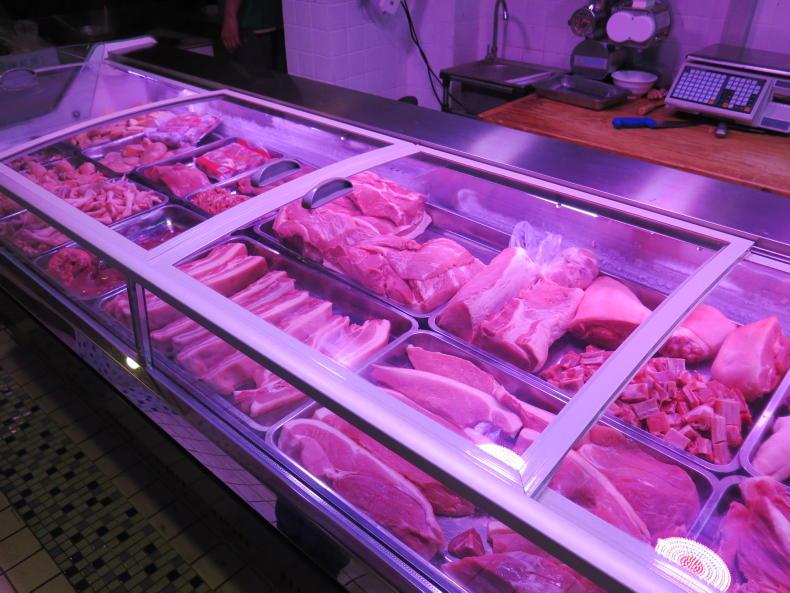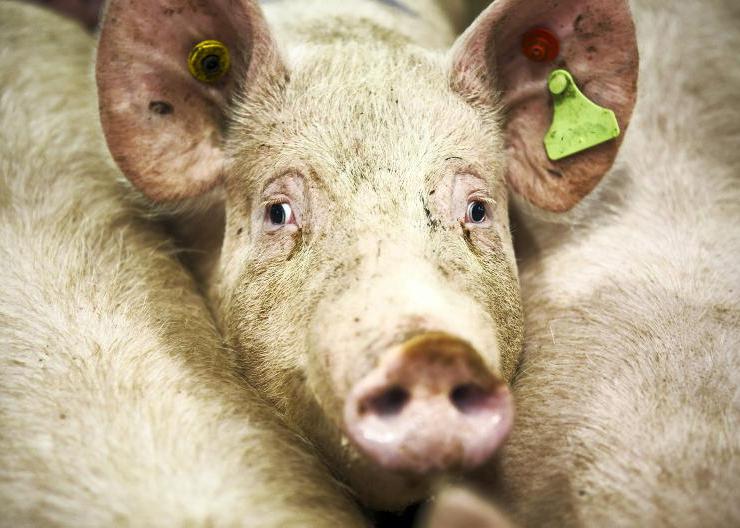The pig sector is the third most important agricultural sector in Ireland after milk and beef. Its total contribution to the Irish economy was valued at €1.5bn in 2021.
Almost 295,000t of pigmeat were exported at an export value of €934m. There are over 8,000 jobs in the sector, mostly in rural areas, and an annual pig sector economy spend of €897m.
Despite this, over the past 18 months, the sector has endured the worst economic crisis in living memory, with an average-sized 600-sow herd losing over €500,000 in that period. This downturn has resulted in a drop in the Irish pig herd of almost 13,000 sows or 9% of the national herd across 16 to 17 family farms, most of whom will not return to pig production.
The initial outlook is for a more positive year ahead in 2023, and though feed ingredient prices are moving up and down, prices for the main ingredients (barley, wheat, maize) are on a downward trend, while soya bean remains stubbornly high.
It looks like feed prices will hold their own for the moment. We expect pig price to move up and help a return to profitability, so it’s disappointing to see recent drops in Irish pig price a few weeks ago, and the current slow response to rising prices right across Europe.
The Irish pig price is currently at €2.02/kg deadweight while those in our competitor countries have risen significantly (France €2.55/kg dead, Spain €2.32/kg dead and Germany €2.20/kg dead, respectively).
Pig prices here will have to follow these European prices and rise again quickly if we are to maintain the current herd size and continue to produce quality-assured pigmeat for domestic and international markets.
The pig sector is the third most important agricultural sector in Ireland after milk and beef. Its total contribution to the Irish economy was valued at €1.5bn in 2021.
Almost 295,000t of pigmeat were exported at an export value of €934m. There are over 8,000 jobs in the sector, mostly in rural areas, and an annual pig sector economy spend of €897m.
Despite this, over the past 18 months, the sector has endured the worst economic crisis in living memory, with an average-sized 600-sow herd losing over €500,000 in that period. This downturn has resulted in a drop in the Irish pig herd of almost 13,000 sows or 9% of the national herd across 16 to 17 family farms, most of whom will not return to pig production.
The initial outlook is for a more positive year ahead in 2023, and though feed ingredient prices are moving up and down, prices for the main ingredients (barley, wheat, maize) are on a downward trend, while soya bean remains stubbornly high.
It looks like feed prices will hold their own for the moment. We expect pig price to move up and help a return to profitability, so it’s disappointing to see recent drops in Irish pig price a few weeks ago, and the current slow response to rising prices right across Europe.
The Irish pig price is currently at €2.02/kg deadweight while those in our competitor countries have risen significantly (France €2.55/kg dead, Spain €2.32/kg dead and Germany €2.20/kg dead, respectively).
Pig prices here will have to follow these European prices and rise again quickly if we are to maintain the current herd size and continue to produce quality-assured pigmeat for domestic and international markets.









SHARING OPTIONS